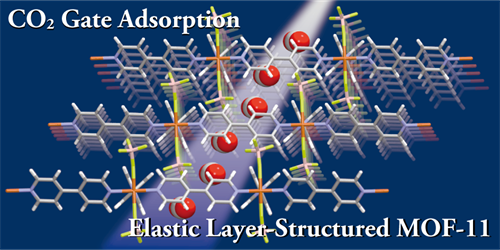Engineering for Nanoscale Confined Space ーActive Use of Interface for Structure Control-
For the present-day chemical engineering, which changes its purpose from
"composition control" to "structure/function control",
firstly needed would be an equation, [interacting elements] x [external
field] = [controlled structure]: The interacting elements such as molecules,
ions and nanoparticles often exhibit peculiar behavior when placed within
external potential fields of, e.g., nanospaces and solid substrates. Their
structure evolution and/or phase transitions should thus be observed carefully,
understood physically, and modeled quantitatively for active use of external
fields originating from interfaces for controlling the structures.
Concerning nano- and submicron-scale, which enhances the interfacial
effect, the researchers in this laboratory devote their efforts to the
following research subjects, aiming at systematic under-standing and contribution
to chemical engineering fundamentals, which would stand for potential applications
to production of functional materials and various devices utilizing interfaces.



